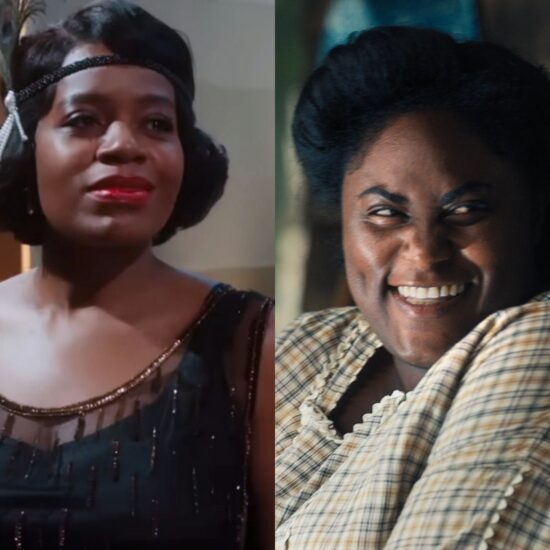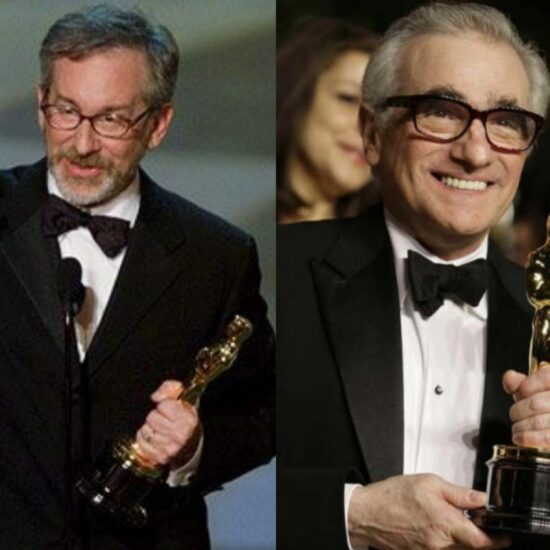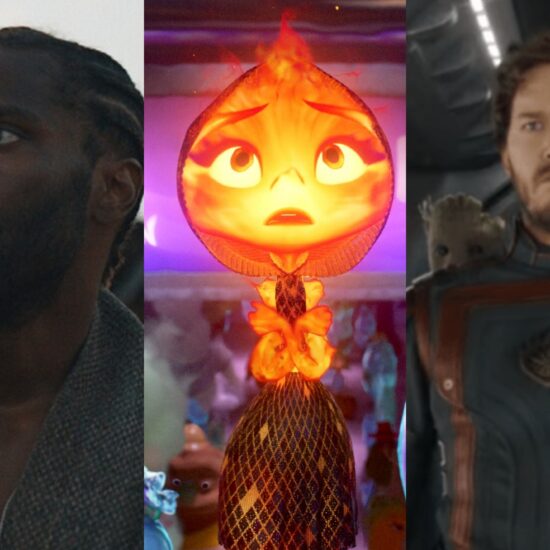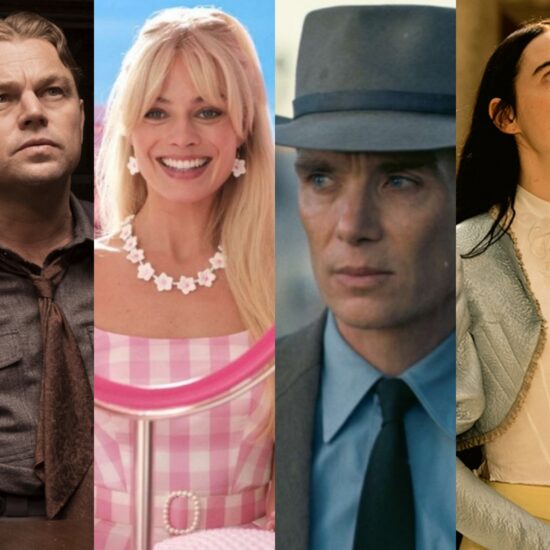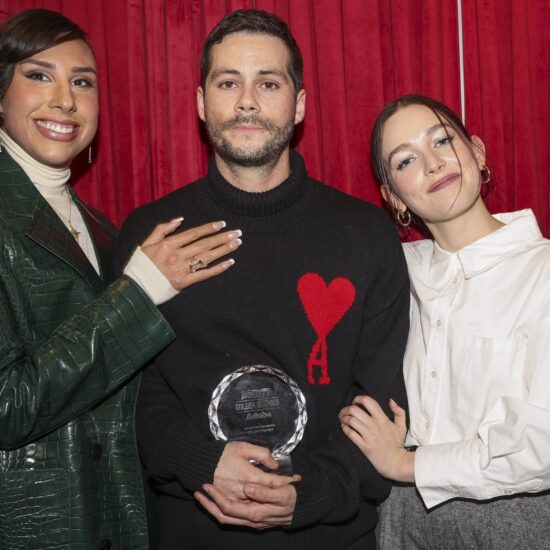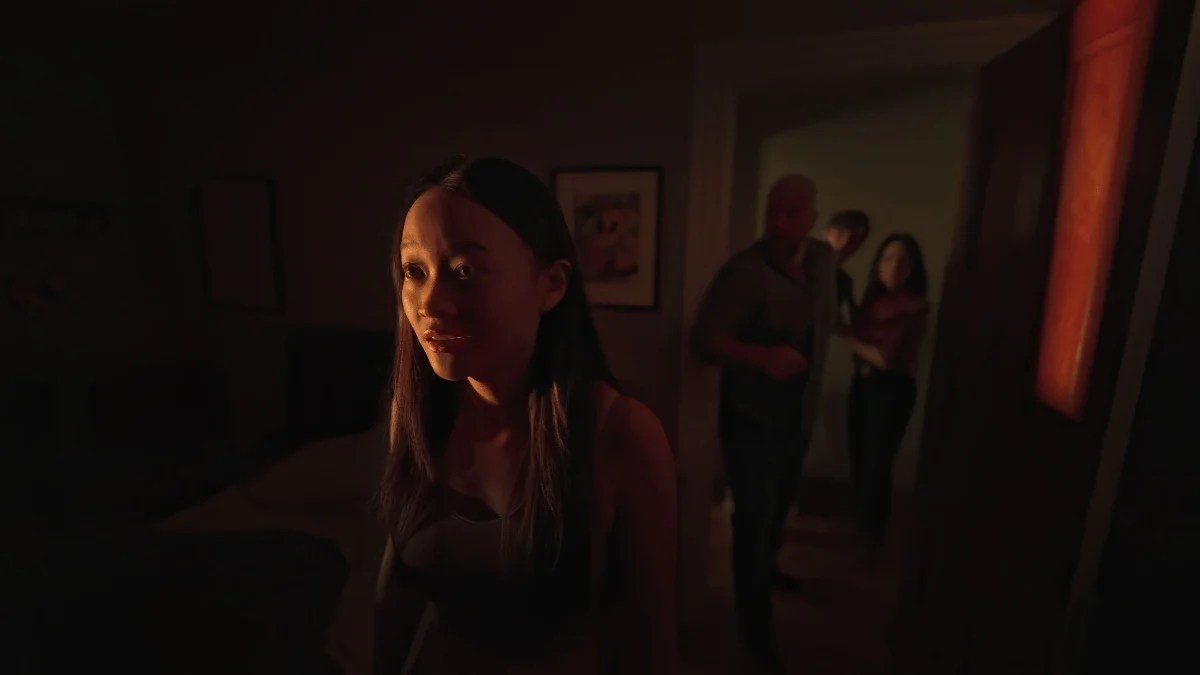
Next year’s Sundance Film Festival line-up just dropped and it’s a doozy.
The line-up was selected from a record number of 17,435 submissions from 153 countries or territories, including 4,410 feature-length films, with a host of unknown filmmakers joining the likes of Sundance staples like Richard Linklater, Steven Soderbergh and Christopher Nolan, who will be awarded with the inaugural Sundance Institute Trailblazer Award.
TheWrap spoke with Sundance Institute CEO Joana Vicente, Film Festival Director Eugene Hernandez and Director of Programming Kim Yutani about this year’s festival, how the strikes impacted Sundance and that secret Steven Soderbergh movie.
This interview has been edited and condensed.
What is different about this year’s festival?
Eugene Hernandez: I’m excited to be in this role, so that’s really important just to say out front. I’m totally biased because I’ve been such a big fan of Sundance for forever and this will be my 30th edition attending, but it being the 40th edition that’s a really special thing that you’ll probably hear us come back to a couple of times today because in the lineup you see some familiar names from the history and the legacy of Sundance but, at the same time, making space for true international discovery is super exciting.
What’s new for us is [having] the most submissions ever in the history of the festival: 17,500 films submitted from around the world – features, shorts, episodic. That’s a big deal.
It’s really important for me to convey that giving each of those films the best possible launchpad on that opening week and that opening weekend, especially, is really important. So, that’s why you’ll see on the first day of the festival, on the 18th, we’re kicking it off, starting right at noon there will be screenings…we’re still finalizing the schedule, but 19 films premier that day, films looking for distribution, films that are going to be unveiled for the first time, and that’s really exciting. To give each film the opportunity to launch into the festival that opening weekend we’re spending time thinking about how each film can resonate and pop in front of all the different audiences.
It’s the industry audience, it’s critics, it’s press, it’s curators who come from around the world, it’s our local audiences and folks [who] come back year after year to Sundance in Park City and Salt Lake. How do we create the right conditions so those films can be embraced, and celebrated and discovered in that first half before we move into the hybrid portion of the festival and to all the activities we have planned for the second half, in-person, as well? That is, I think, an important framing because we do talk a lot internally about giving each of those films we’ve selected the right first impression to get out the gate.
Joana Vicente: It’s thrilling for us to have Eugene be the director of the festival, his first festival working with Kim, and it’s also such an incredible opportunity to celebrate 40 editions of the festival, an incredible, rich history. So many filmmakers [who] got their launch at Sundance, some of them coming back with films this year, and then with the opening night gala celebrating Chris Nolan, who had “Memento” at Sundance in 2001 and is having a big year this year. Also with the Vanguard Award, celebrating some of the amazing talent from last year, like Celine Song. [I’m] really excited about continuing to evolve the festival and use that opening night gala as a way to fundraise for the organization and support the incredible work that we do year ‘round.
Kim Yutani: Every year is a different year. That’s one of the exciting parts about my contribution to this festival and our team’s contribution is that, as Eugene referenced, we had 17,000 plus submissions to go through and to figure out. What do we actually show and how do we make sense of all that we’ve seen this year? It’s always a new challenge and this year what we’ve extracted from that mass of films is a crop of exciting, distinctive new films to launch.
One of the things that’s particularly exciting is that next to those recognizable faces in our program, we also have so many newcomers, first and second features that will catch the industry’s attention. We also have a very good number of films without distribution who are looking for buyers. This year is going to be a positive one, I hope. That’s how we can start off this year with a lot of new films to see, and buy, and discuss and debate. It’s a real opportunity for our industry to embrace the work we’re showing and to engage with it.
How did the strikes impact programming and the planning of this year’s festival?
Kim Yutani: The numbers show that we did not suffer from the strikes. There was not a lack of submissions, at all. We know that there were a number of films that were made with interim agreements and there are a few of those films that ended up in the festival. I’ll single out the Sean Wang film, “Didi,” which is in our US dramatic competition, and also a film called “Ghost Light” that’s in our premiere section. People love to talk about “Oh, are you guys going to have enough films to watch this season?” We have more than plenty and, in the end, we had to make very, very difficult decision to put this program together, and look at the entire slate and make sure that it was balanced. It was a challenging year, as it always is.
Can you speak to the balance of films that will be online and in-person?
Eugene Hernandez: I was talking a little while ago about the first half of the festival being the opportunity where folks can gather around these films in person, and that’s that communal aspect of people coming together. That’s part of the magic that we all know from Sundance going back to the earliest days of attending this festival.
But that part of the festival is so important because it takes the films that folks are going to be reading about in the papers, and in the trades, and on social media from the first half and gives them a chance to sample and explore, in a limited window, limited number of views, but have a chance to engage with the conversation that’s starting at Sundance.
We really believe in the strength of this year’s lineup and know that all of our audiences are really going to connect with this, but it requires the industry, and the critics, and the curators, and everybody to meet this lineup, and we’re excited to show it to them.
Joana Vicente: What started as a necessity to host a festival digitally in ’21 and then ’22, we had to pivot and have the festival digital. Last year was our first hybrid edition of the festival. It was about taking a lot of learnings on what worked, what could work better. It is not just very popular, it’s also an opportunity for us to have more reach, to make the festival more accessible, more inclusive, gives us the opportunity to connect with press and industry outside of the US, and then with audiences across the US.
It’s also important to remember that we treated it as a venue, in terms of the public availability of tickets – there’s a limited amount of seats and if people are excited and want to contribute they better get tickets fast. 60% of the program is online and we’re excited to continue to evolve and tak[e] input from the industry, and press, and filmmakers, and continuing to evolve the offering.
One of the names that jumped out from the line-up is Steven Soderbergh, who has such a storied history with the festival. Can you talk about what it means to Sundance to have him back?
Eugene Hernandez: Steven Soderbergh is such an important figure in the story of Sundance. There’s a handful of filmmakers that came of age at this festival in the late ’80s and early ’90s, Soderbergh, Tarantino, Jennie Livingston, Todd Haynes, Rick Linklater… When Steven reached out to us to share this film with us, that was exciting. When we saw it was also exciting because he’s a filmmaker who continues to explore and experiment, and this is a truly accessible and creepy ghost story but he’s tackling it in a way that is so inventive. He just continues to innovate in his approach to making movies. It was such a joy to have the opportunity to consider the film and then to invite it and engage with Steven to bring the film to the festival.
I don’t want to speak for him but he seems genuinely thrilled to have this. This is the 35th anniversary of “Sex, Lies and Videotape.” It sets a tone for our opportunity to acknowledge and recognize the history of this festival. It also paves the way for us to bring to the table the next Steve Soderbergh, or so many filmmakers [who] follow in that tradition of bold, adventurous storytelling that will resonate with an audience, that will entertain.
Were there any films or conversations happening at the festival that you’d like to point people to, in terms of advancing the conversation about where we are in the world right now?
Joanna Vicente: The festival always reflects the world, not the immediate, surrounding world, but sometimes it’s how you see films and how stories resonate that create pathways to understand the current world. That’s the space that we create for artists to launch the work, and for people to experience and have their minds being challenged. That’s the power of film, to help us see things differently. We are really excited as usual to create a space where we have important conversations, where we really foster dialogue, where we introduce new trends, new storytelling. That’s what artists do is they’re able to transport us through the journeys that they create. Part of being a festival is being relevant and creating that space for creative expression.
What do you hope attendees take away from this year’s iteration of the festival?
Eugene Hernandez: I hope they arrive in time to start watching movies at noon on Thursday the 18th. I hope they arrive with an openness and a curiosity because yes, go see the Soderbergh film and discover the strong creative choice that he’s making in telling this story, but then explore more deeply into the program. In every section of this carefully curated selection chosen from 17,500 submissions, there is discovery everywhere in every corner of this festival.
You can think you’re going in one direction to see a film and someone on the shuttle will tell you, “Oh my God, I just saw this film from a different part of the world.” We had films from more than 150 countries and territories submitted to us. I’ve never been let down by taking those unexpected turns at Sundance and that’s the bigger takeaway I really hope our audiences take seriously.
I hope our industry buyers, critics, the curators traveling to the festival from all over the world, really dig into this program, especially in the first half when we’re all together, and even as audiences dig in at the middle of the festival, we’ve got more things that we’ll announce as we get closer into that final weekend, both in-person and online. There’s so much room for discovery in this festival and it requires, at the start of this new year, coming out of these strikes with this really strong program in front of us, to just show up and meet this program, and dig into it. Our team has done such an amazing job of going through this record number of submissions to shape a program that will really connect with all the different audiences we serve.












